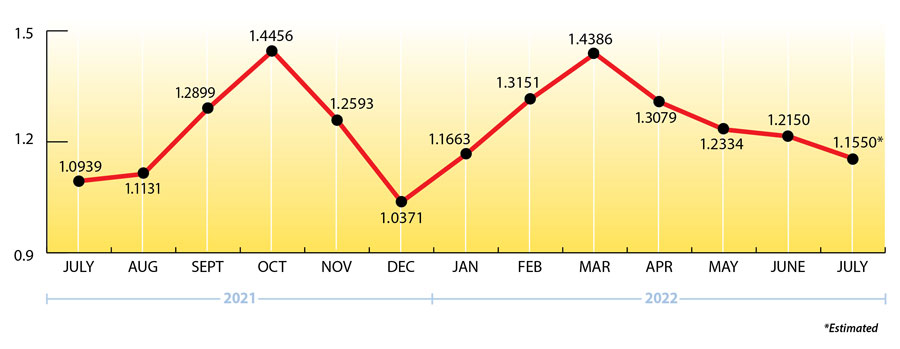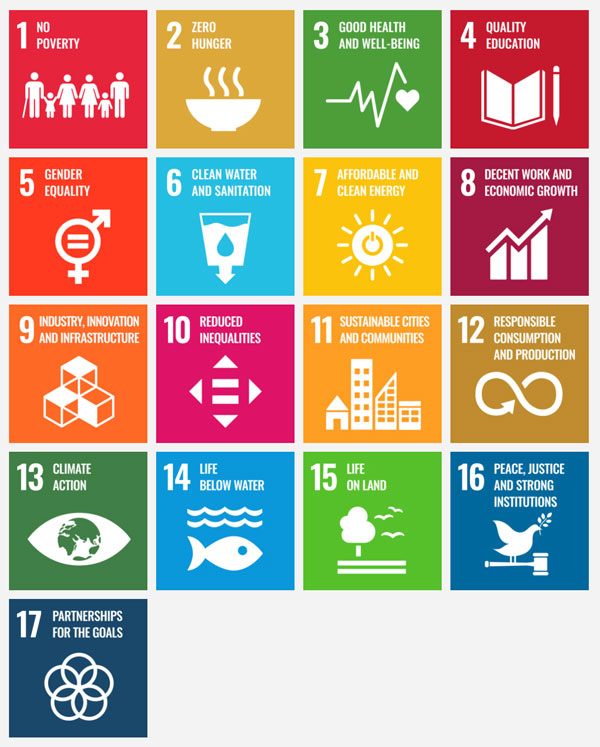The Great Carbon Migration

“It’s about improving the human condition while minimizing the environmental impacts of all forms of energy.”
– Dr. Scott W. Tinker, Director, Bureau of Economic Geology
Survey Says ...
The National Energy & Fuels Institute (NEFI) and Vermont Fuel Dealers Association (VFDA) recently commissioned a survey of 3,600 voters in New York, New England, and Pennsylvania on the “attitudes and behaviors regarding energy issues and electrification.”
While most folks don’t support higher taxes to achieve carbon reductions, and will only tolerate taxpayer funding of $500 or less to subsidize consumers who convert their homes to electric heat pumps, the majority said that climate change was a very serious threat and, along with inflation, one of the top issues facing them.
Carbon Migration.
But proposed legislation in every state that would ban fossil fuel consumption won’t necessarily help planet earth.
Why?
Energy companies will simply drill, produce, process, or refine fossil fuels elsewhere. Net global refinery capacity is actually projected to increase next year, with most new capacity coming from “East of Suez” in China and the Middle East, but also from refinery expansion projects in India, Nigeria, and Mexico.
So, let’s not kid ourselves.
Shifting CO2 emissions from some parts of the world to other (more densely populated, less regulated) parts of the world probably won’t help climate change.
But access to affordable energy will lift millions of people out of poverty.
The Conundrum.
These two statements may not be popular, but they aren’t really arguable:
- The relocation of fossil fuel consumption will happen.
- Most electricity is generated from coal.
There seems to be a disconnect between those who have financial resources and want to save the earth for their children and grandchildren, and those who have fewer financial resources and want to improve the quality of life for their children and grandchildren.
This points to a conundrum facing the world: how do we address climate change, living in a global community, where the majority would rather have a better quality of life than reduced carbon emissions?
The answer, both here and abroad, is wider access to clean, reliable and affordable fuels.
Cleaner Fuels are the Answer.
Over time, competition and technological advances will likely lower the cost and full “life-cycle” carbon footprint of electricity generation, including solar panels, wind turbines, and batteries which are non-renewable.
But if we believe that wider access to affordable energy is a good thing for people living in poverty, and if we also believe that minimizing the environmental impacts from all forms of energy is of paramount importance, then greater effort must be made to incentivize and promote cleaner energy sources that are widely available now, like propane (and renewable propane), LPG (and renewable LPG), and Autogas.
Propane contributes perfectly as an energy source towards meeting the Sustainable Development Goals adopted by all United Nations member states seven years ago.
Propane has a carbon intensity that’s already lower than most electricity. Renewable propane is a sustainable energy fuel source with a carbon intensity up to 75% lower than electricity.
And because it's portable and can be sold on a “pay-as-you-use-it” basis in developing countries, propane can lower greenhouse gas emissions while saving lives.
Women and children suffer the most from the carcinogenic effects from cooking with wood, and propane is often the first fuel to help during natural disasters that cut off electricity.
What’s Happening with Propane Prices?
Renewed recessionary concerns prompted WTI crude oil prices to drop under the $100.00/bbl. mark early last week (a 20 percent drop since mid-June) and after a slight rebound, they moved lower again this week, currently near $96.00/bbl.
Propane prices have followed crude lower, but grudgingly. They are down about 4 percent from mid-June price levels due to strong export demand and an anemic inventory build last month, about half of May’s build.
Propane Price Chart

Weekly Inventory Numbers
Thanks to the largest Gulf Coast build since early May, U.S. propane inventories showed a build of 2.89 mmbbls. for the week ending July 8, 2022, above industry expectations.
This brings national inventory levels to 57.80 mmbbls., about 3 percent lower than last year and 12 percent lower than the 5-year average.
PADD 2 (Midwest/Conway) inventories had a good build of .86 mmbbls. They currently stand at 18.29 mmbbls., about 5 percent ahead of last year.
PADD 3 (Gulf Coast/Belvieu) inventories had a large build of 1.66 mmbbls. They now stand at 30.29 mmbbls., nearly 6 percent behind last year.
The Skinny
I love this line from Scott Tinker: “It’s about improving the human condition while minimizing the environmental impacts of all forms of energy.”
We can have a cleaner world and give millions of people a better quality of life, by making greater quantities of clean, reliable energy fuels like propane (and sustainable energy fuels like renewable propane) even more accessible.
Find out more about Ray Energy & renewable propane here.
Download the VFDA survey here.
Get Stephen's insights on propane delivered to your inbox every month.
Sign up for our monthly newsletter here.
For more frequent updates and industry news, join us on LinkedIn.
NOTE: The views and opinions expressed herein are solely those of the author, unless attributed to a third-party source, and do not necessarily reflect the views of Ray Energy Corp, its affiliates, or its employees. The information set forth herein has been obtained or derived from sources believed by the author to be reliable. However, the author does not make any representation or warranty, express or implied, as to the information’s accuracy or completeness, nor does the author recommend that the attached information serve as the basis of any buying decision and it has been provided to you solely for informational purposes. © 2011-2022 Ray Energy Corp. All rights reserved. Any reproduction, representation, adaptation, translation, and/or transformation, in whole or in part by whatsoever process, of this site or of one or several of its components, is forbidden without the express written authorization from Ray Energy Corp.


